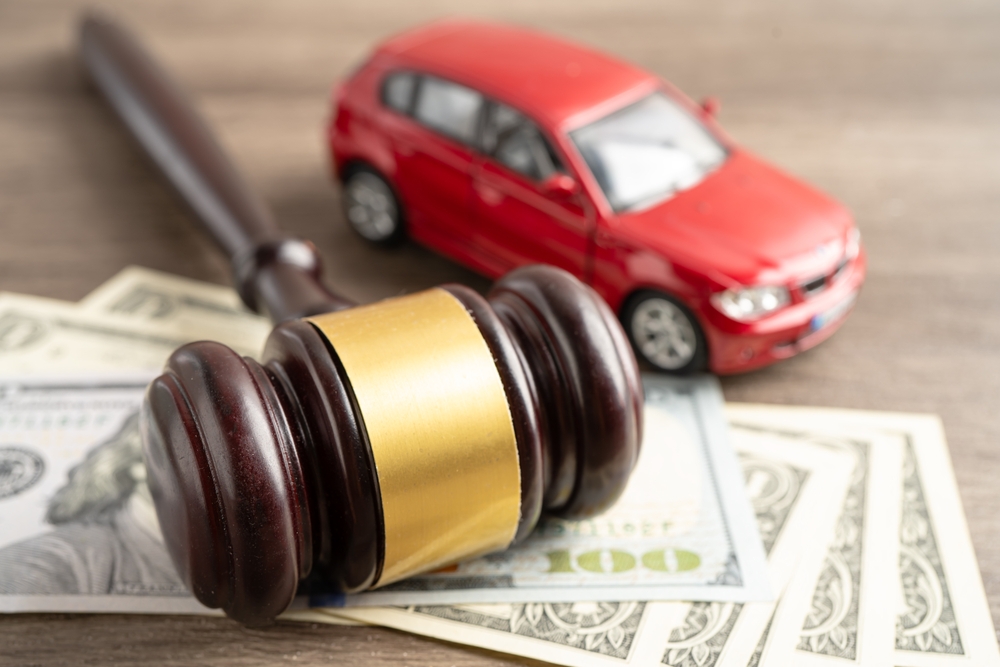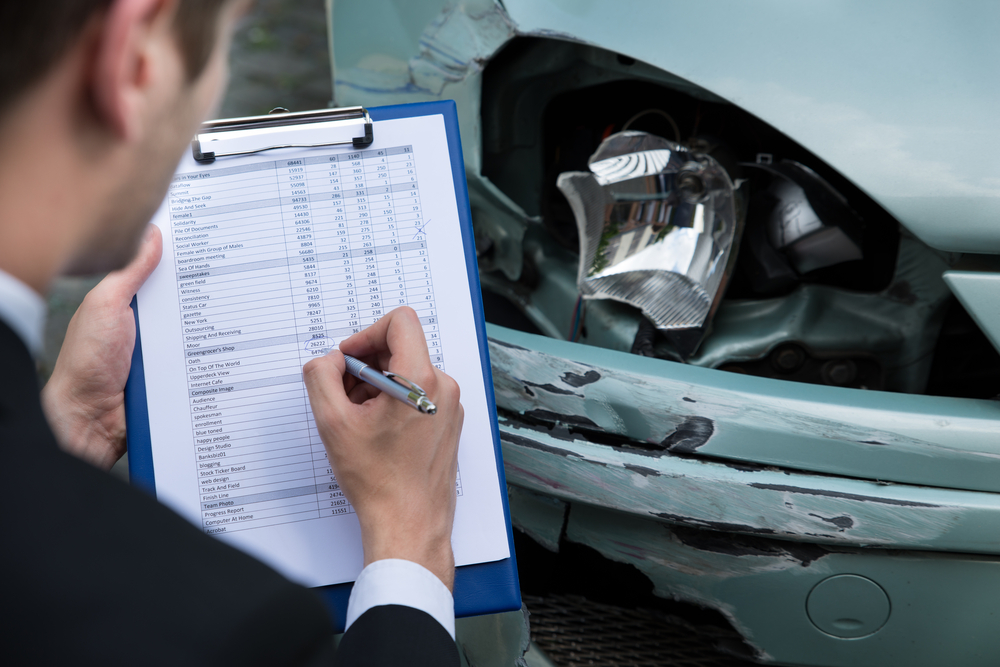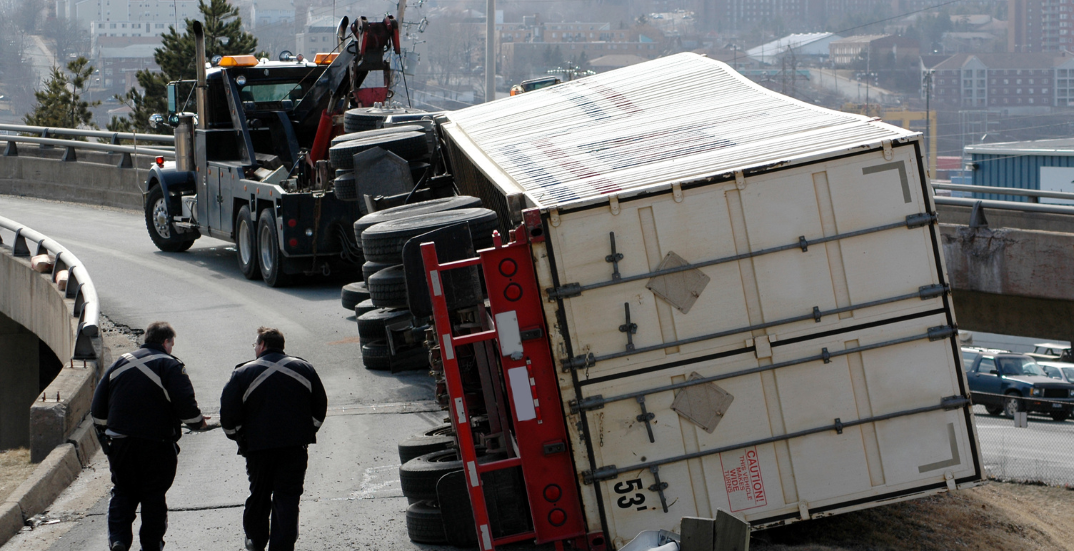
Changing lanes is something that most drivers do every time they get on the roadway. Even though this is a relatively routine procedure, the reality is that there is significant potential for accidents to occur. This maneuver is particularly dangerous when a lane change occurs on a highway with vehicles moving at higher speeds.
It is crucial to determine fault in these types of accidents so those injured due to the actions of other drivers are able to recover compensation for their losses with the help of a Martinsburg car accident attorney.
How to Determine Fault For a Lane Change Accident in West Virginia
Car accidents are not uncommon throughout West Virginia, and they occur in a wide variety of ways. However, changing lanes can be a challenging maneuver, particularly on crowded roadways. Determining fault after a lane change accident can be a complex process, but it typically begins with dialing 911 and having law enforcement officials come to investigate what happened. Additionally, insurance carriers and possibly even legal teams for those involved may want to conduct more extensive investigations in order to determine fault.
There are various types of evidence that will be gathered to determine fault, including statements from eyewitnesses, surveillance from nearby video cameras, photographs taken at the scene of the incident, and more.
When a driver needs to change lanes, they are responsible for activating their turn signals in the correct direction to let other drivers around them know that they want to make the lane change. The driver wanting to change lanes should always check their mirrors and blind spots to ensure they have a clear spot to change lanes into.
However, a driver could be at fault for a lane change accident if they:
- Fail to activate their turn signal before changing lanes and collide with a vehicle in the new lane.
- Fail to check their mirrors or blind spots and change lanes into a vehicle beside them.
- Cross multiple lanes of traffic at one time without stopping in each individual lane and beginning a new lane change.
In most situations, any vehicle that enters another lane of traffic and causes an accident right away will be at fault, particularly in the situations described above. However, there are scenarios where another driver or both drivers could be cited for fault. This includes:
- If both drivers attempted lane changes at the same time and ended up colliding together in a middle lane.
- If the driver of the vehicle inside of the “new” lane exhibited reckless behavior, including distracted driving, impaired driving, or road rage.
- If the driver inside of the “new” lane is experiencing vehicle failure, including brake lights or headlights that are not properly working.
- If one driver rear-ends a vehicle that just completed a lane change, which could indicate that the other driver was operating too fast for conditions or following too closely.
Merging Into Lanes of Traffic
There are plenty of areas where drivers will also have to merge from one type of street into another, most commonly going from a local city street onto a highway or vice versa. Anytime a driver needs to go from one type of lane onto another, they are responsible for using their turn signals and waiting until there is an opening in traffic into the desired lane. Sometimes, this requires a merging vehicle to come to a complete stop and wait.




